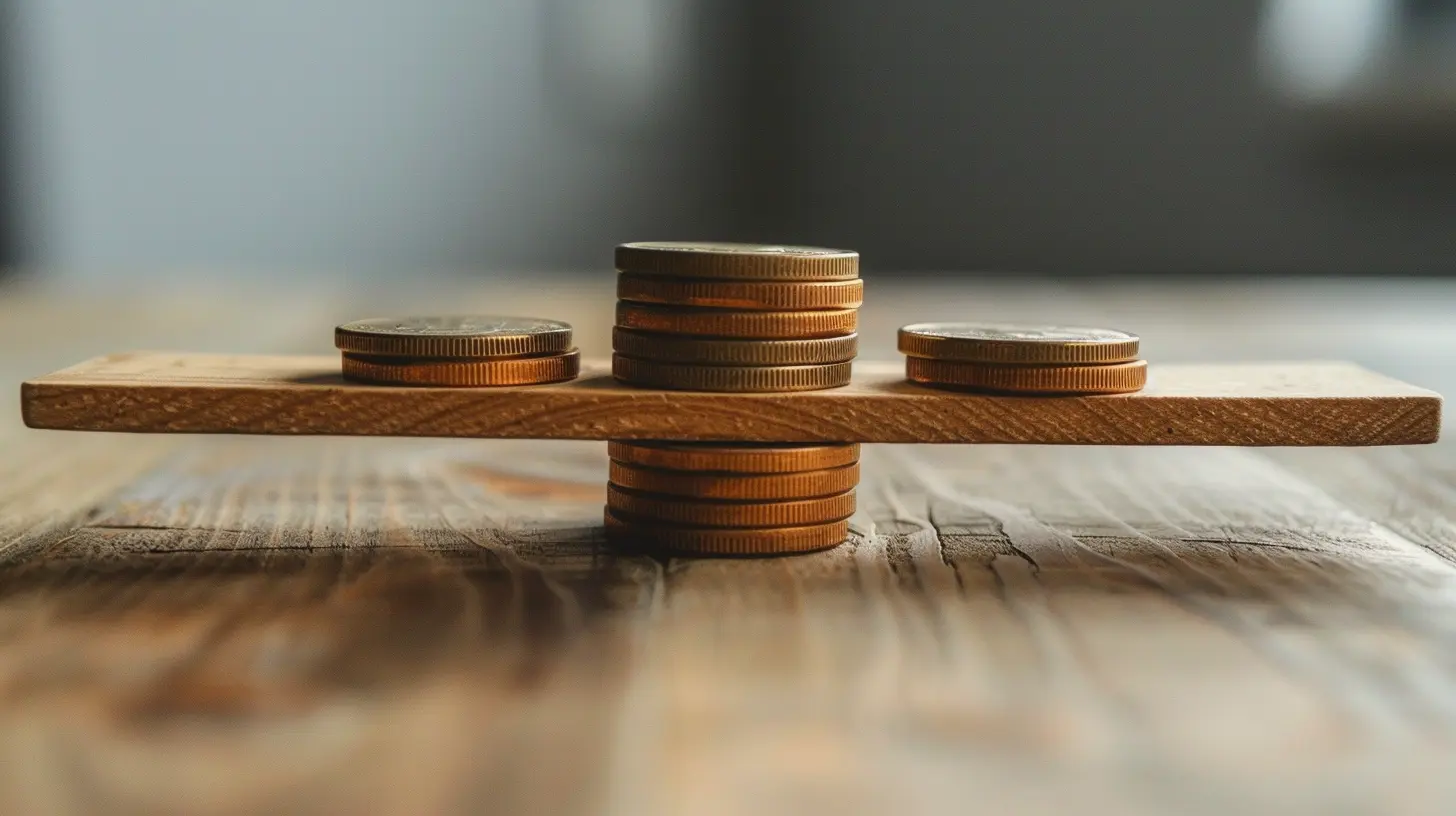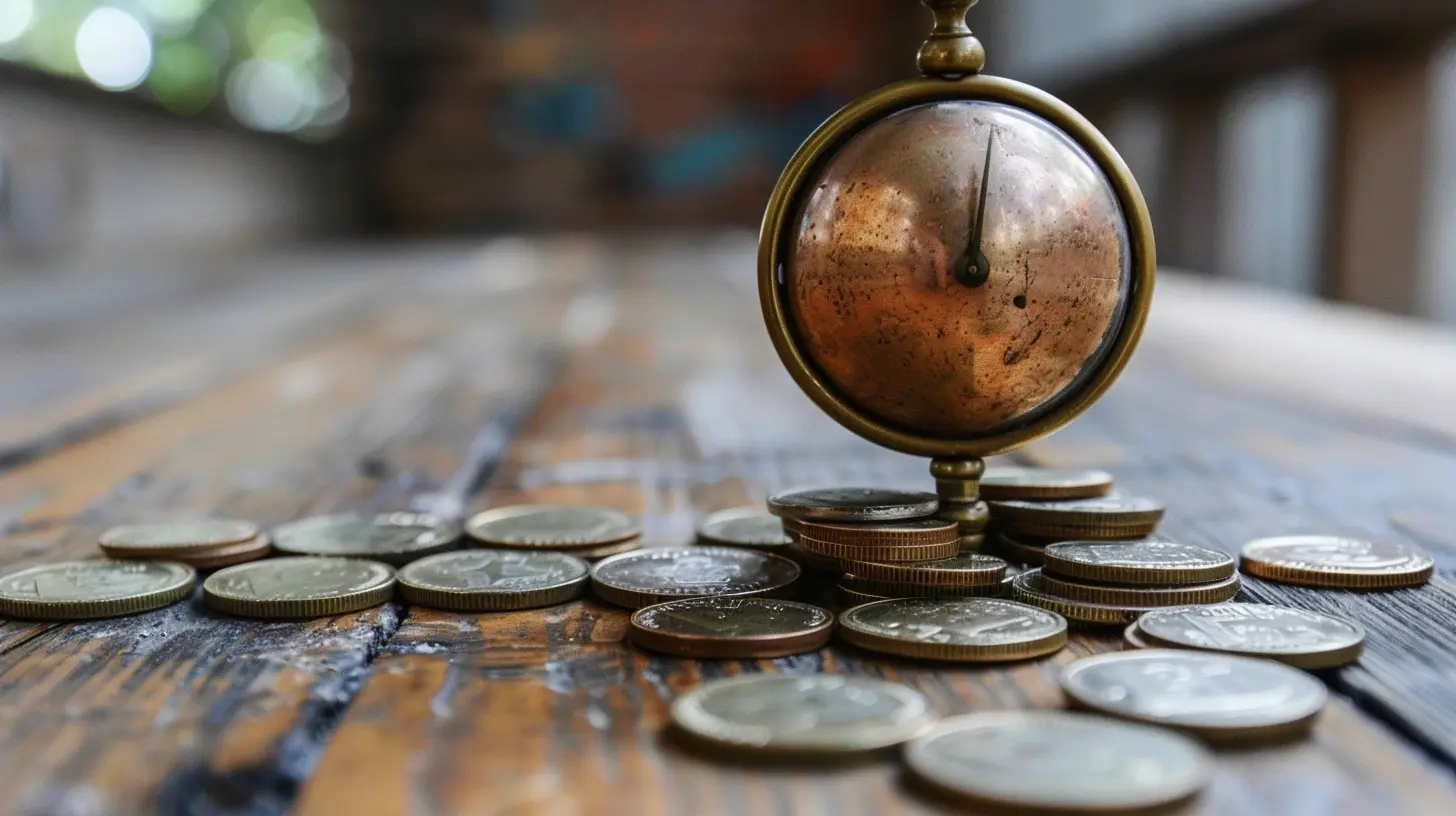How Market Volatility Affects Your 401(k) Balance
25 August 2025
Let’s face it—watching your 401(k) swing up and down like a yo-yo can be nerve-wracking. One day you're riding high, dreaming of early retirement on a beach; the next, your balance takes a nosedive, and you're Googling, “Should I cash out my 401(k)?”
Sound familiar?
Yeah, you’re not alone.
Market volatility can feel like financial whiplash, especially when it hits your retirement savings. But before you panic and make a drastic move, it’s crucial to understand what’s really going on behind those fluctuating numbers. Because honestly? Your 401(k) might not be in as much trouble as you think.
In this article, we're going to break down exactly how market volatility affects your 401(k)—in plain English—and what you can do to keep your cool (and your money) when the market gets wild.
What is Market Volatility, Anyway?
First off, let’s clear up the buzzword.Market volatility simply refers to how much and how quickly stock prices go up and down. Think of it as the mood swings of Wall Street. One day it’s euphoric, the next it’s in full-on meltdown mode.
These swings are often triggered by big economic events—interest rate changes, inflation news, political turmoil, global crises, you name it. Investors react to uncertainty, and when they do, the market dances accordingly.
But here's the kicker: volatility is normal. Seriously. It's part of the deal when you're investing in the stock market.
So, Why Does Your 401(k) React to Market Volatility?
Your 401(k) is likely invested in a mix of stocks, bonds, and mutual funds. When the stock market shakes, so does your portfolio—especially the stock portion. That’s because stocks are the most sensitive to market ups and downs.Here’s a simple way to picture it:
Imagine your 401(k) is a rollercoaster. The more stock you own, the steeper the climbs and the deeper the drops. Bonds? They’re the kiddie rides—slow and steady, and a lot less stomach-churning.
So when volatility strikes, your 401(k) will reflect those changes. Don’t be surprised if your balance drops—or spikes—depending on how the market performs.
The Big Impact: How Volatility Affects Your 401(k)
Let’s get a little deeper.1. 📉 Short-Term Drops Can Look Scarier Than They Are
When the market takes a dive, your 401(k) balance dives with it. And it can be tempting to freak out and think, "I just lost thousands of dollars!" But unless you cash out, it's not a real loss—it's just a paper loss.Think of it like the value of your house dropping. You wouldn’t sell your home just because Zillow says it’s worth less today than it was last month, right? Same logic applies here.
2. 📈 Volatility Can Actually Help You Buy Low
Here's a silver lining: if you're still contributing to your 401(k), volatility might actually be your best friend.Why? Because when the market drops, your automatic contributions buy more shares at lower prices. Over time, this strategy—called dollar-cost averaging—can help you build more wealth.
It’s like hitting the clearance rack at your favorite store. You’re getting the same stuff, just cheaper.
3. ⏳ Time Is Your Best Ally
If you’re not planning to retire tomorrow, market volatility shouldn’t keep you up at night. In fact, history shows that markets have always bounced back after downturns.Take the 2008 financial crisis or the 2020 COVID crash. Both caused massive 401(k) losses in the short term. But just a few years later? Those who stayed the course often saw their portfolios fully recover (and then some).
What Should You Do When the Market Gets Rocky?
Now that you know how volatility affects your 401(k), let’s talk about what you should—and shouldn’t—do when things get rocky.🙅♂️ Don’t Panic (Seriously)
Emotion is the enemy of successful investing. Making impulsive decisions when the market dips—like moving everything into cash—can lock in losses and cause you to miss out on the rebound.Remember: the only time you actually lose money is when you sell low. So sit tight.
✅ Keep Contributing
Stopping your 401(k) contributions during a downturn might feel right, but it can cost you in the long run. As we mentioned earlier, dips are a buying opportunity. Keep investing—you’re getting a bargain.🔍 Review Your Asset Allocation
Volatility is a good reminder to check your investment mix. Are you too heavily weighted in stocks for your age and risk tolerance? If you're close to retirement, being 90% in stocks might be too aggressive.Rebalancing might be in order. Make sure your portfolio aligns with your goals and comfort level.
💡 Consider Talking to a Financial Advisor
If the market rollercoaster is making you lose sleep, maybe it’s time to bring in a pro. A financial advisor can help you build a strategy that keeps you on track—rain or shine.Age Matters: How Volatility Hits Different Stages of Life
Market volatility affects 401(k) holders differently depending on where you are in your retirement journey.🚀 In Your 20s and 30s: Time Is on Your Side
You’ve got decades to ride out the bumps. This is the time to be aggressive with stocks, suffer the dips, and let compound growth do its thing. A drop today could lead to a big gain tomorrow.🏗️ In Your 40s and 50s: Balance Is Key
You’re building serious savings, and it’s time to start dialing in that asset allocation. A mix of growth and stability is important. Volatility still hits you, but with the right strategy, it won’t knock you off course.🔔 In Your 60s and Beyond: Preservation Mode
Now you’re shifting from saving to spending. Market drops can be more painful here, especially if you start withdrawing from your 401(k) when the market is down. That’s called sequence of returns risk—basically, bad timing can hurt your nest egg.This is where safe assets and a withdrawal strategy become crucial.
The Psychological Toll of Watching Your 401(k)
Let’s be real—money stress is no joke. Seeing your retirement savings drop can mess with your head, even if you know better.The key? Zoom out.
Look at your long-term returns, not just the latest dip. Zooming out on a chart often transforms chaos into a steady upward climb. Think of it like looking at an old yearbook photo—things might’ve looked awful in the moment, but with perspective, it’s not so bad.
Tips to Ride Out the Storm
Here are a few quick-fire tips to help you stay sane when the market gets wonky:- Log in less. Obsessively checking your 401(k)? Stop. Watching it won’t change the outcome.
- Stick to your plan. You made it for a reason. Stay disciplined.
- Diversify. Don’t put all your eggs in one basket. Spread the risk.
- Remember history. Markets have always recovered. Always.
- Stay focused on your goals. You’re in this for the long haul—not a quick flip.
Final Thoughts: Market Volatility Isn’t the Enemy
Yes, volatility can shake your confidence. But it’s not the villain—you just have to know how to manage it. Your 401(k), when handled with patience and smart investing strategies, can weather the storm.So next time the market dips, take a deep breath, stick to your plan, and remember: This too shall pass.
Investing is a marathon, not a sprint. Don’t trip over market noise. You're doing better than you think—just keep going.
all images in this post were generated using AI tools
Category:
401k PlansAuthor:

Uther Graham
Discussion
rate this article
1 comments
Emory Stewart
Stay disciplined; volatility creates opportunity.
September 11, 2025 at 3:34 AM

Uther Graham
Absolutely! Staying disciplined during market fluctuations can indeed uncover valuable investment opportunities.


